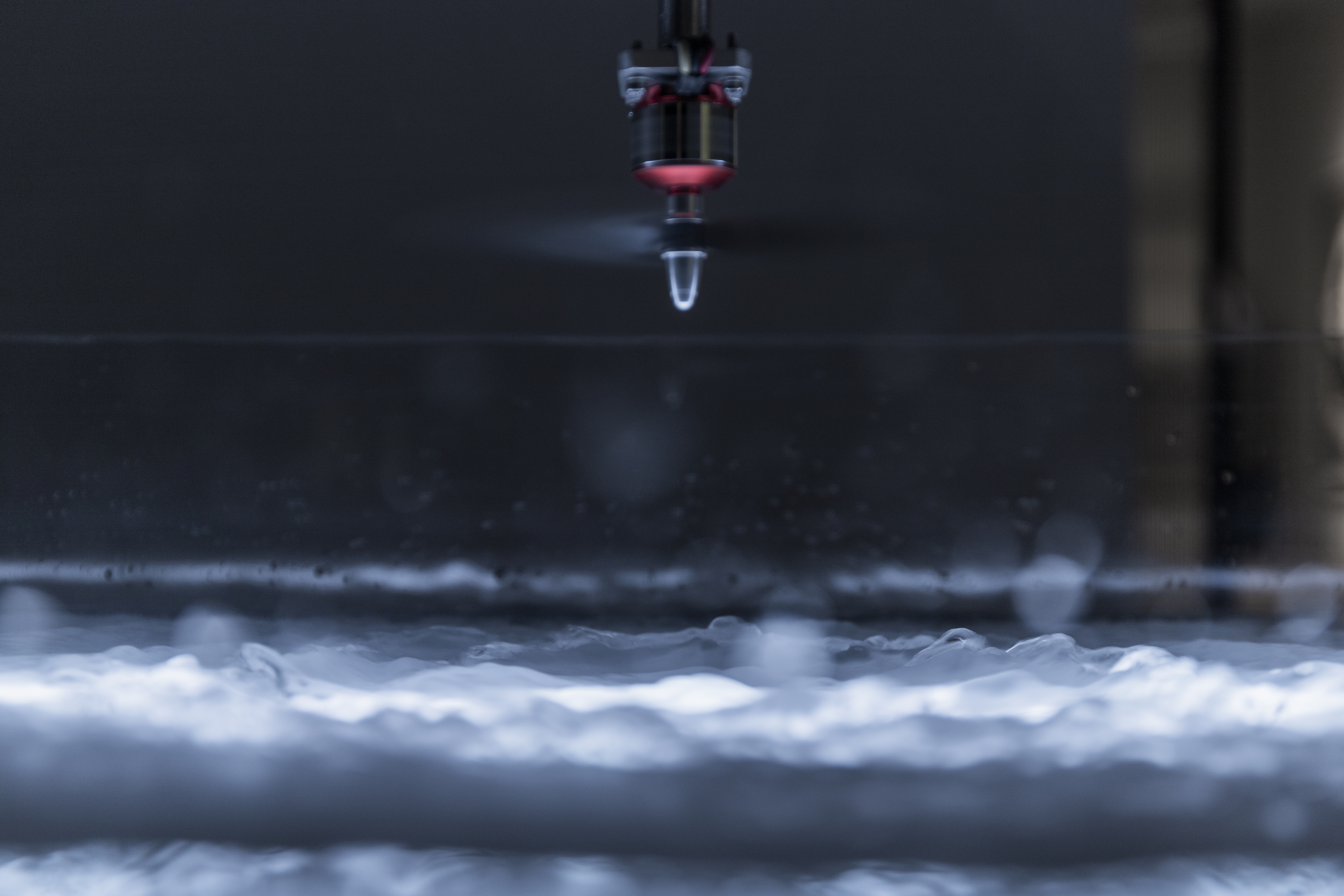Quantum Gallery is pleased to announce the gallery opening exhibition "Who’s Creating", featuring the works of German artist Michael Sebastian Haas and Chinese artist Zheng Da.
The exhibition investigates the intimate yet shifting relationship between the artist and artwork. The process of machine-led art creation is presented to the audience through four installations with varying degrees of autonomy to generate new art, thus examining the role of the artist in today’s technology centric world.
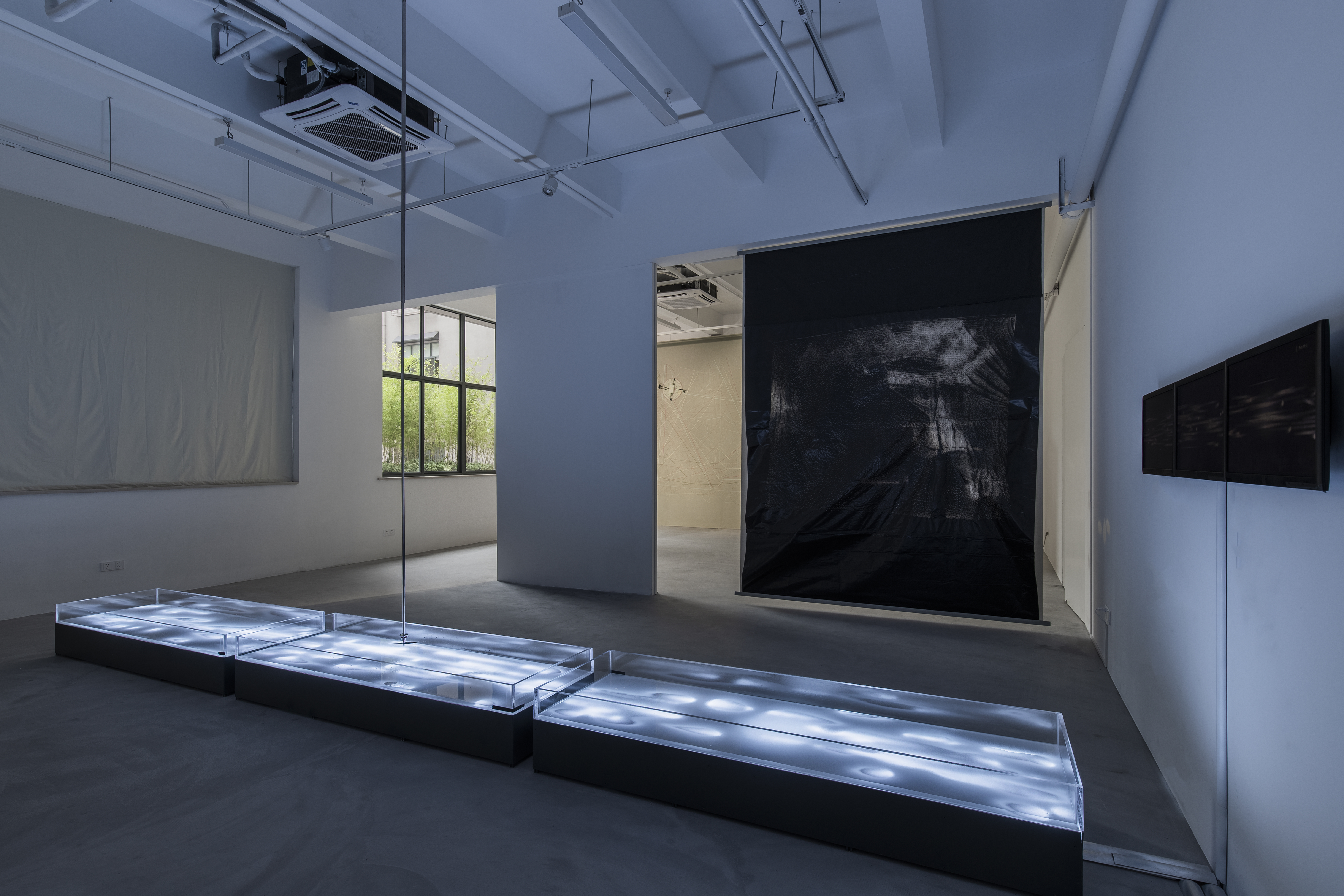
Michael Sebastian Haas is based in Berlin, Germany, dedicated to paintings and large installations. As a prolific artist, Haas's work always carries the concept of metabolism and dynamics.
Haas’ Colorspace series contrasts the rhythmic movement of machines with the unpredictability of the creative process. The installation Sensing Colorspace presented at the opening responds to surrounding sounds in the form of lines drawn on the wall. The audience is able to observe and interact directly with audio-activated robot, and lines will continuously be drawn throughout the exhibition period. The resulting wall will be segmented at the end of exhibition to become art pieces on their own.
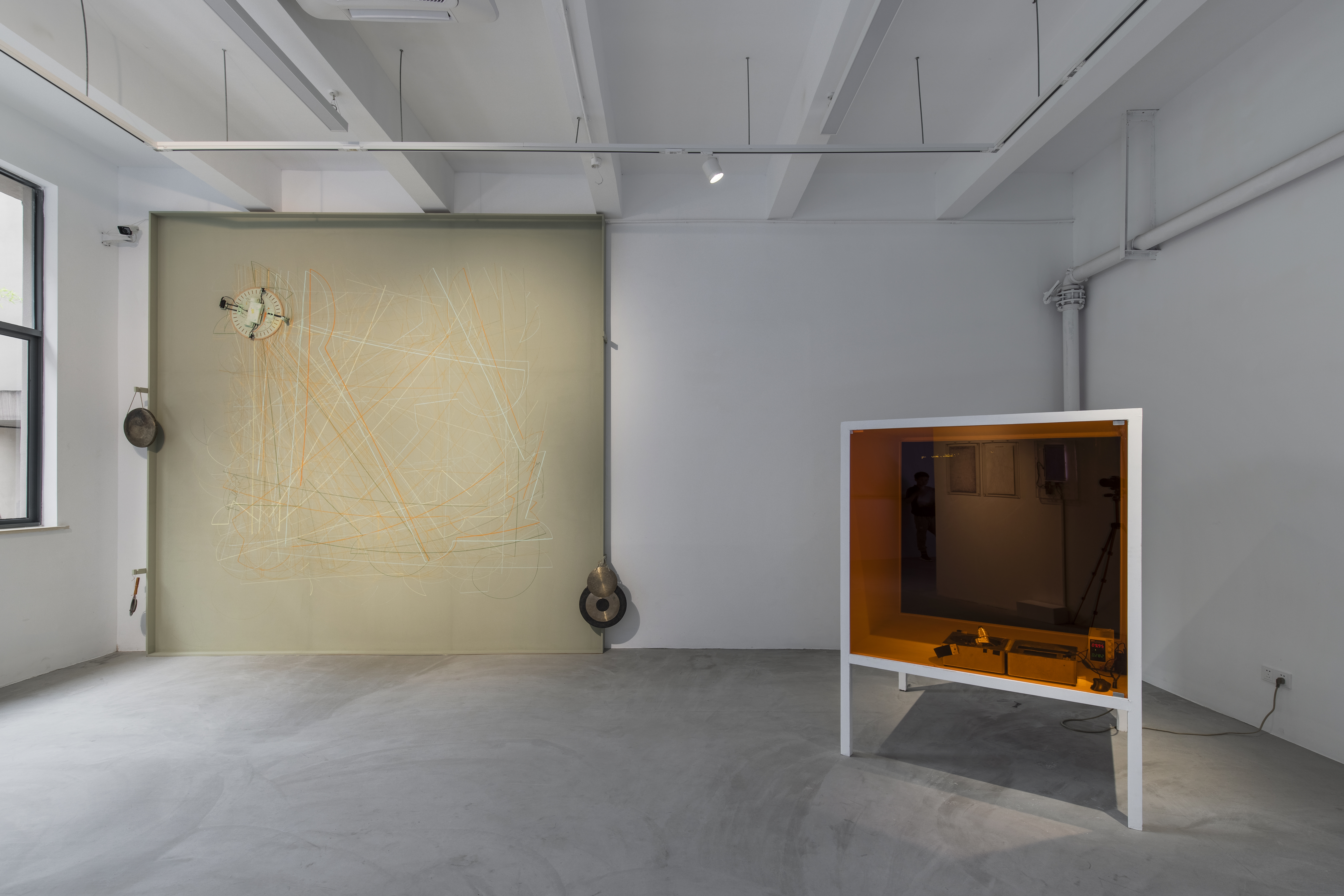
The new installation Lighthouse is created specifically for this exhibition, which is an extension Haas’ Burning Light series that features a machine that uses laser beams to burn tiny holes on the canvas to create image. The Lighthouse installation takes this idea further by using the laser beam as a metaphor for any potentially human harming technology, which contemplates whether we will be able to contain such technologies in a “box” to always maintain control over it.
Zheng Da was born in Hubei in the year of 1979, and is highly active at the junction of cutting-edge technology and art. He is also the winner of the “The Third Session Wang Shikuo Award”in 2018.
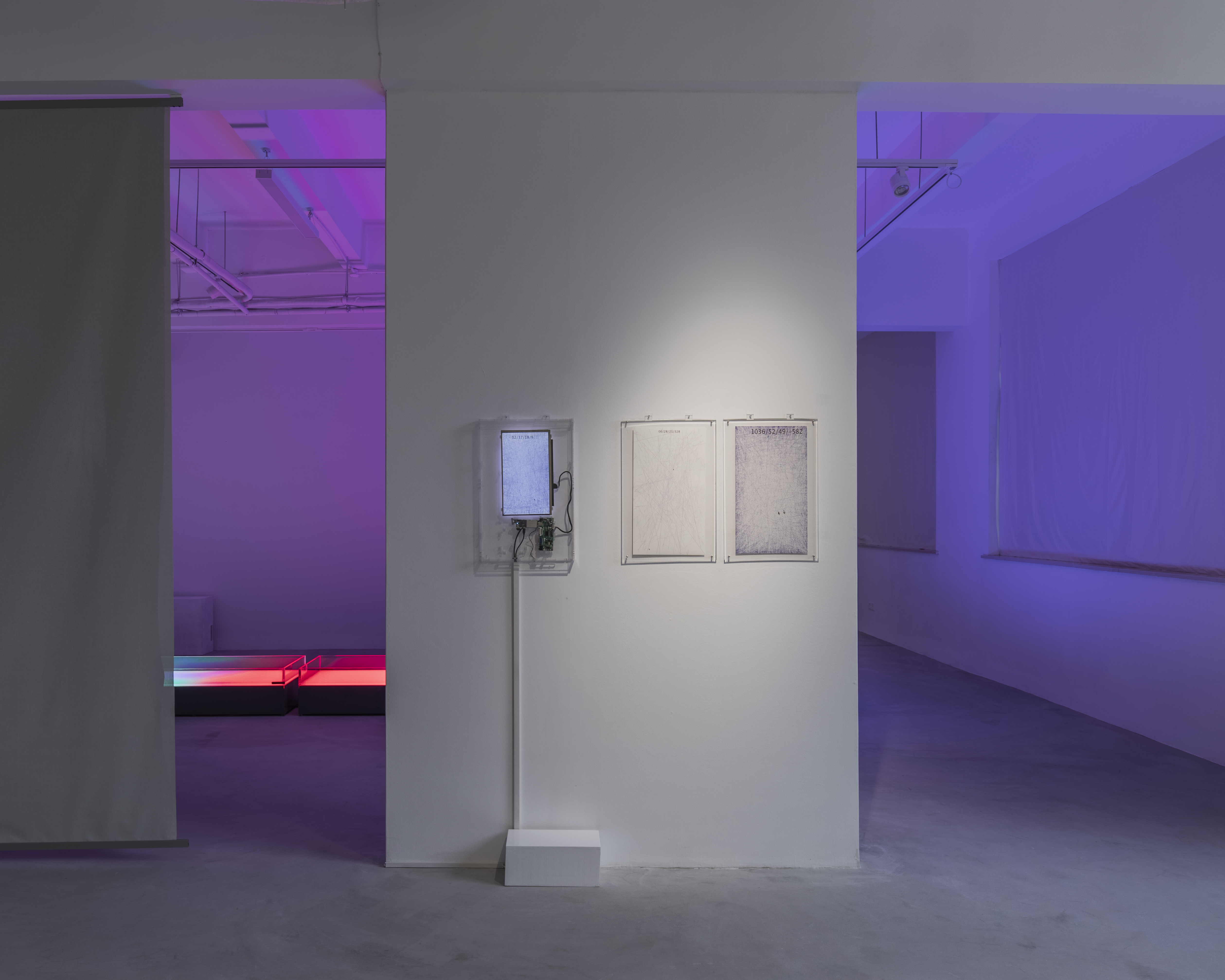
Zheng Da is highly active at the junction of cutting-edge technology and art. His installations often reflect upon modern technology, bionics and artificial intelligence. Generate Leads is part of his electronic generative art series, which has been running for over 15 months with more than 11,000 hours of data and images recorded. The audiences will see two cursors moving, clicking and chasing each other on the monitor, as if demonstrating the endless chase and adaption of human beings to the surrounding environment.
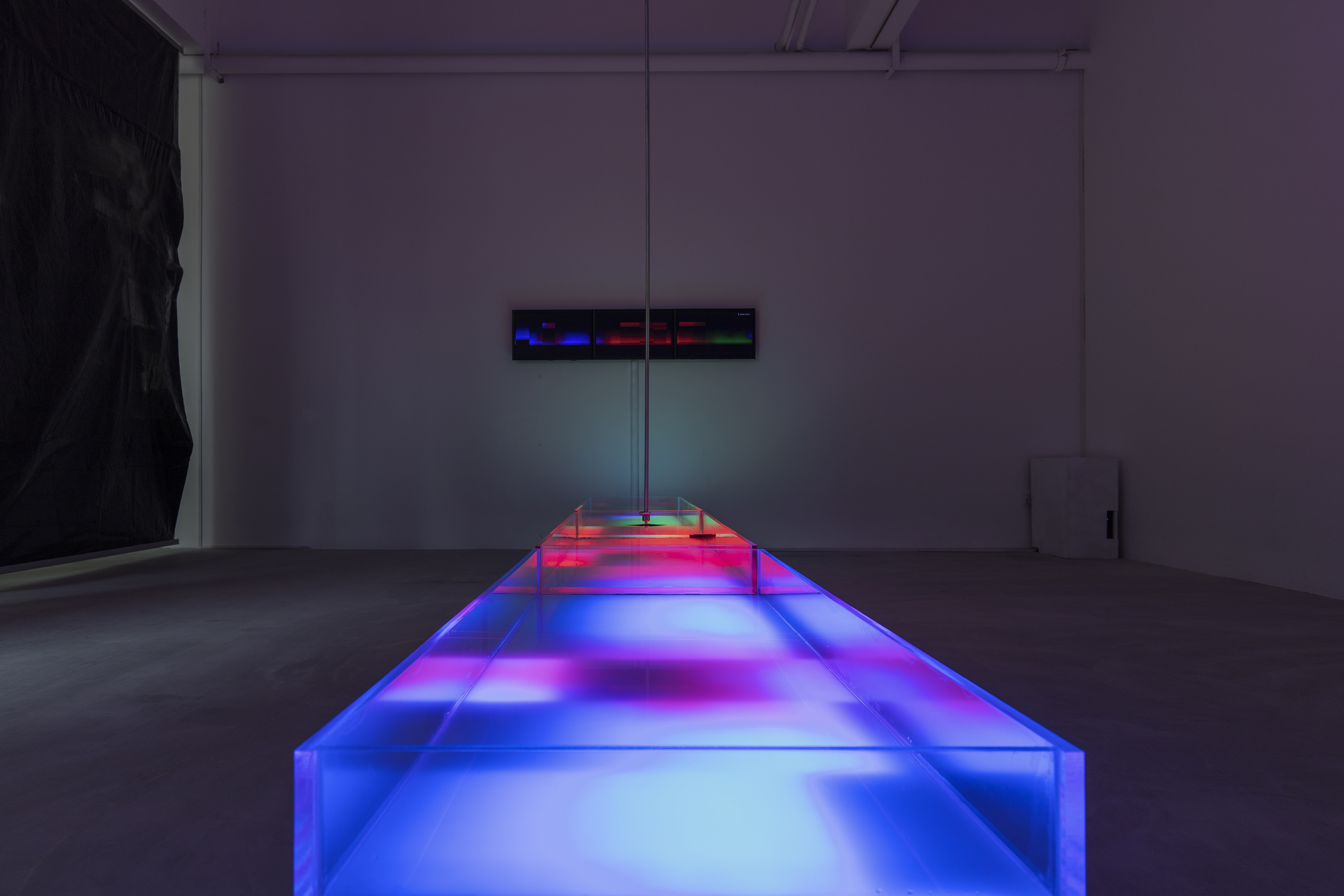
Another installation Data Pool creates an iridescent field of colours based on digitalised interaction between wind and water. Driven by algorithms and computation, the installation captures and produces new scenes which are not necessarily what the artist has envisioned. When the artist is only supplying an idea while the artwork is self-generating, the definition of “who’s creating” becomes blurry.
